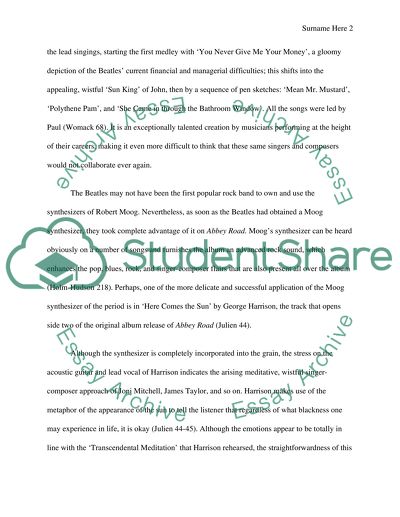Cite this document
(“The Beatles Research Paper Example | Topics and Well Written Essays - 1750 words”, n.d.)
The Beatles Research Paper Example | Topics and Well Written Essays - 1750 words. Retrieved from https://studentshare.org/music/1660124-the-beatles
The Beatles Research Paper Example | Topics and Well Written Essays - 1750 words. Retrieved from https://studentshare.org/music/1660124-the-beatles
(The Beatles Research Paper Example | Topics and Well Written Essays - 1750 Words)
The Beatles Research Paper Example | Topics and Well Written Essays - 1750 Words. https://studentshare.org/music/1660124-the-beatles.
The Beatles Research Paper Example | Topics and Well Written Essays - 1750 Words. https://studentshare.org/music/1660124-the-beatles.
“The Beatles Research Paper Example | Topics and Well Written Essays - 1750 Words”, n.d. https://studentshare.org/music/1660124-the-beatles.


